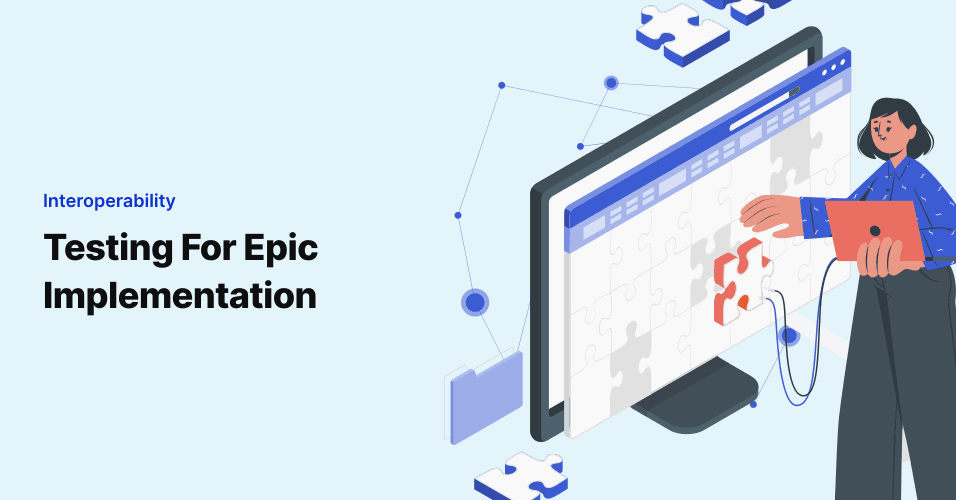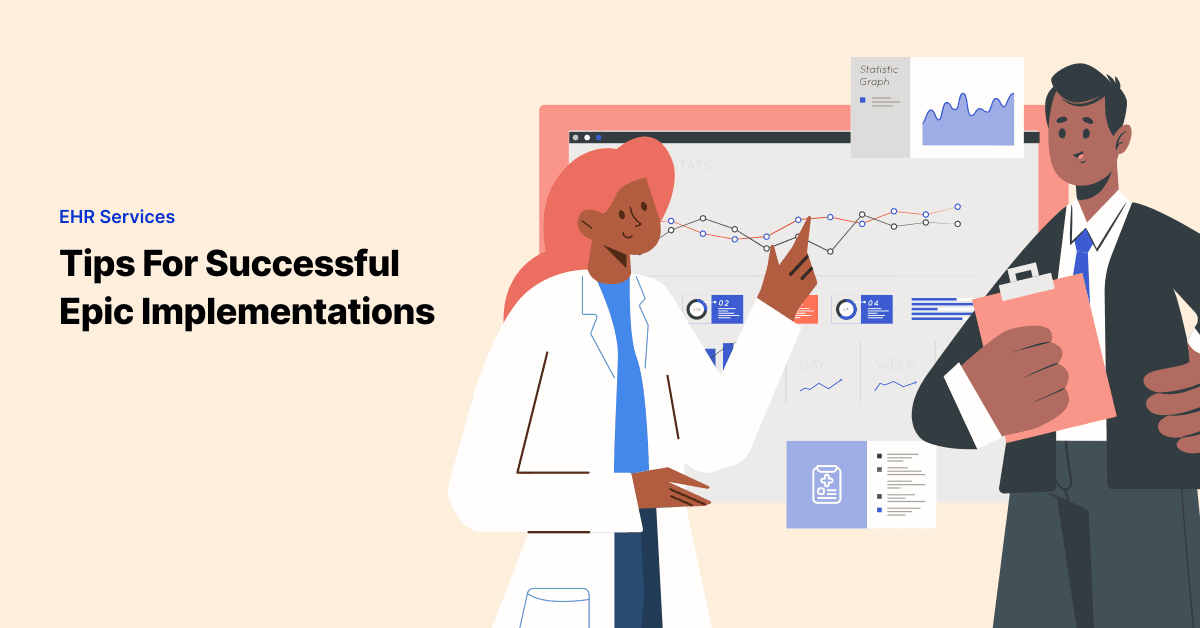
The Importance Of Test Cases For UAT During Epic Implementation
For hospitals implementing Epic, it’s critical to allot time for adequate testing cycles to validate …

To successfully implement Epic into hospitals and health systems, there are thousands of hours of work involved. Given the scale and level of commitment required to make Epic Go-live successful and EHR adoption a reality, missing a step could result in the entire timeline and project plan sliding completely off track. Take it from us: one of the most critical steps in this process is communication. In particular, communicating VALUE and EXPECTATION to Epic end users is the difference between a solution that truly drives ROI and improves clinical outcomes versus one that is DOA.
Healthcare IT implementation teams are generally well-versed in what it takes to deliver software and solutions that function, but that’s only half the picture. The most perfectly integrated EHR, HIE, LMS, you name it, won’t contribute to realized improvements unless the end user understands why they are being asked to learn a new system in the first place (and is therefore willing to use it). Health systems weigh many factors and consider budgets on the scale of millions when it comes to implementing Epic and other critical health IT components. This is no small decision, and we know those considerations aren’t taken lightly. So, it’s paramount that “The Why” is communicated to end users to see the efforts through.
It would be foolish to expect that a busy physician will be willing to drop everything, disrupt their already busy clinical schedule and introduce a potential delay to their patients as they learn a new workflow, simply because they were told to do so. Hospital administrators have significant clout, no doubt, but so do the healthcare providers at the point of care. If the goal is to implement Epic for the sake of serving these highly-skilled end users, you’d better ensure they understand the goal of the new technology and why it’s so important to the organization.
Want end users to get on board? Simple: include them from the beginning! We can’t tell you how many times we’ve walked into training sessions for physicians and their clinical staff, only to be met with blank stares as we start talking about their beautiful new Epic instance. Leaving the key users of the system in the dark up until the point of training is far too late. Not only is your trainer walking in cold to deliver the why, the how — in addition to the practical steps of using Epic in their daily practice to serve patients — but attendees are far more likely to balk at the idea of change when their opinions have never been considered or sought.
Demonstrating a commitment to collaboration goes a long way in setting the stage for a smooth Epic implementation. There is no tool more powerful in this arsenal than communication…good, open communication where questions are welcomed and end users are respected as the client.
Let’s repeat that: end users are the clients when it comes to implementing EHRs. Physicians, nurses, ancillary staff, front desk — these are the people who will bring all those integration and implementation efforts to life! If the goal is to please only the folks signing the checks, then opportunities are missed, and the solution will suffer as a result.
We all know that it’s not fair to shoot the messenger. In this spirit, it’s unwise for Epic implementation teams to let the trainer deliver the mandate for how end users are expected to interact with the EHR and/or what metrics will be used to measure this activity. In many cases, Epic Trainers are consultants, or at the very least not employed by the hospital system. The idea that an “outsider” will be the first to tell doctors and nurses how the organization expects them to use the system is not ideal.
As early as possible in the process of implementing Epic, hospital leadership should formally announce the initiative internally (via a town hall style meeting, employee portal, whatever is applicable for the organization) to raise awareness, encourage adoption from the get-go, share the vision and set expectations within this context. By taking this step early, it not only gives the project plenty of breathing room to settle in long before logins are shared and training takes place, but it creates an environment in which everyone is in the loop, and therefore staff are far less likely to resist the change when it’s time to deliver.
At the end of the day, the best question a hospital executive or Epic PM can ask is, “How would I want to be communicated to?” By placing ourselves in the end user’s shoes, we can quickly identify opportunities to mitigate risk and disruption by improving transparency and messaging to gain supporters from the beginning. This work pays off in dividends when it’s time for Epic Go-live, with successful adoption just waiting in the wings.
Join over 3,200 subscribers and keep up-to-date with the latest innovations & best practices in Healthcare IT.

For hospitals implementing Epic, it’s critical to allot time for adequate testing cycles to validate …

Making the most of an investment like an EHR for a large health system has a lot to do with the ability to …
While we still in the mindset of reducing the influx of Coronavirus cases to give healthcare workers the …